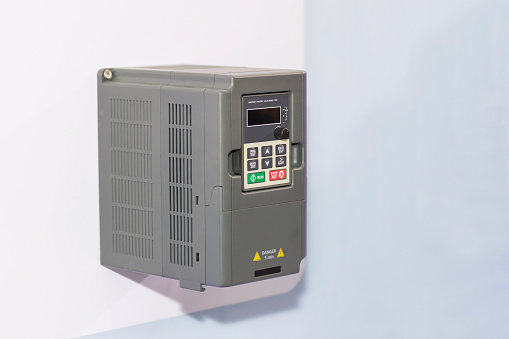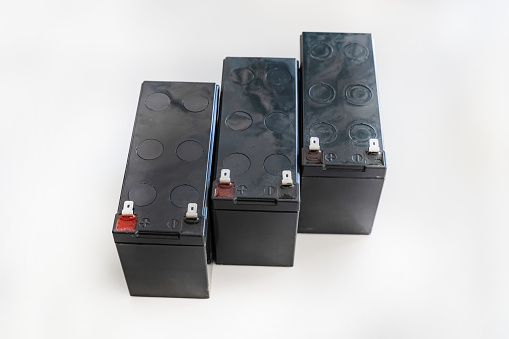
An uninterruptible power supply (UPS) or battery/flywheel backup is an electrical device that provides emergency power to a load when the input power source, typically the utility mains, fails. Learn more right power ups malaysia here.
A UPS differs from an auxiliary or emergency power system or standby generator in that it provides instantaneous or near-instantaneous protection from input power interruptions through one or more attached batteries and associated electronic circuitry for low power users, and generators and flywheels for high power users. Most uninterruptible power sources have a relatively short on-battery runtime 5-15 minutes is typical for smaller units but this is enough time to bring an auxiliary power source online or properly shut down the protected equipment.
While not limited to any specific type of equipment, a UPS is commonly used to protect computers, data centres, telecommunications equipment, or other electrical equipment where an unexpected power outage could result in injuries, fatalities, serious business disruption, and/or data loss. UPS units range in size from those designed to protect a single computer without a video monitor (around 200 VA rating) to those designed to power entire data centres (>1MVA), buildings (>300kVA), or manufacturing processes (>300kVA).

The Standby/Offline UPS system (SPS) only provides the most fundamental features, such as surge protection and battery backup. A user’s equipment is normally connected directly to incoming utility power with the same voltage transient clamping devices used in a common surge protected plug strip connected across the power line with this type of UPS. When the incoming utility voltage falls below a certain threshold, the SPS activates its internal DC-AC inverter circuitry, which is powered by an internal storage battery. The SPS then switches the connected equipment to its DC-AC inverter output mechanically. The switchover time can be as long as 25 milliseconds depending on how long the Standby UPS takes to detect the lost utility voltage. This type of UPS can withstand continuous undervoltage brownouts and overvoltage surges without depleting the reserve battery power. It compensates by automatically selecting different power taps on the autotransformer. Changing the autotransformer tap can cause a brief interruption in output power, so the UPS may chirp briefly as it switches to the battery before changing the selected power tap.

Because it makes use of components that are already present, this has become popular even in the most basic UPS. The main 50/60 Hz transformer used to convert between line voltage and battery voltage must have two slightly different turns ratios: one for converting the battery output voltage (typically a multiple of 12 V) to line voltage, and another for converting the line voltage to a slightly higher battery charging voltage (such as a multiple of 14 V). Furthermore, because the currents on the line-voltage side of the transformer are lower, switching on that side is easier.
To enable the buck/boost feature, simply connect the AC input to one of the two primary taps while connecting the load to the other, effectively using the main transformer’s primary windings as an autotransformer. The battery can still be charged while “bucking” an overvoltage, but the transformer output is too low to charge the batteries when “boosting” an undervoltage.